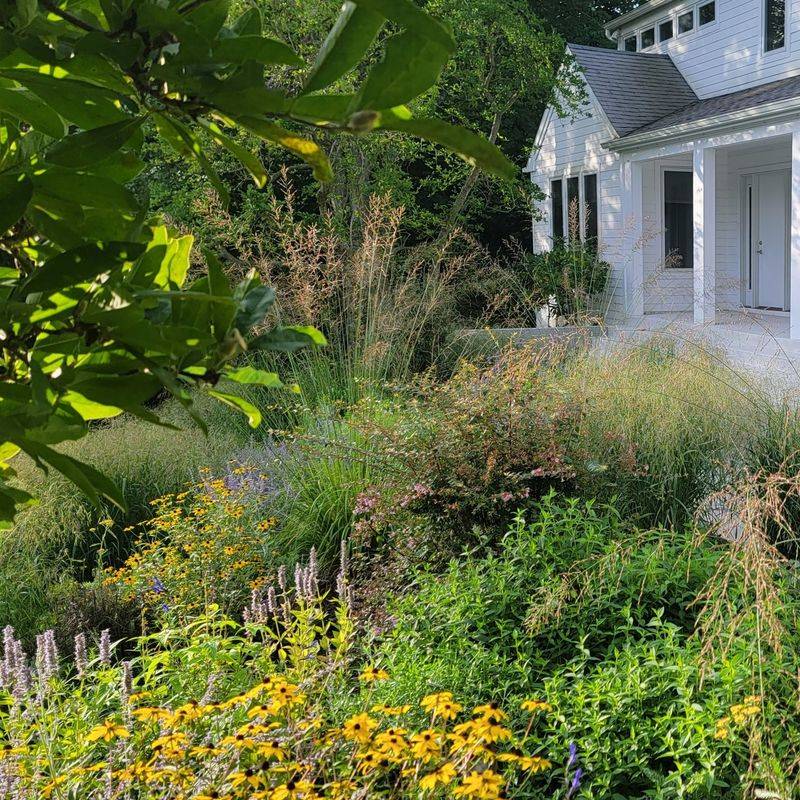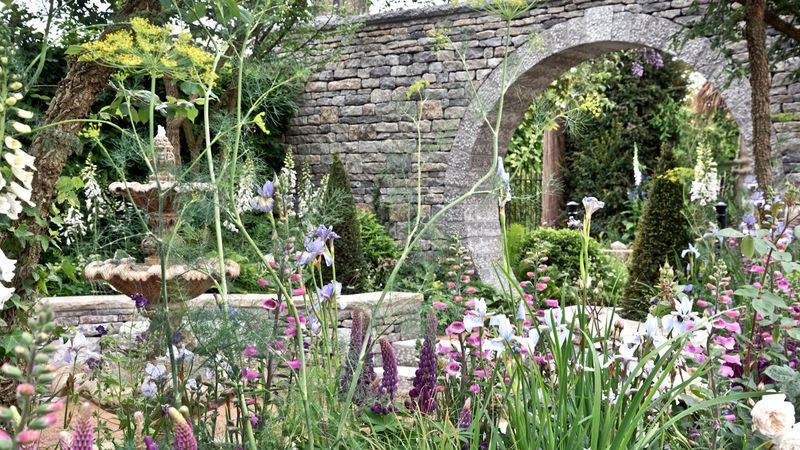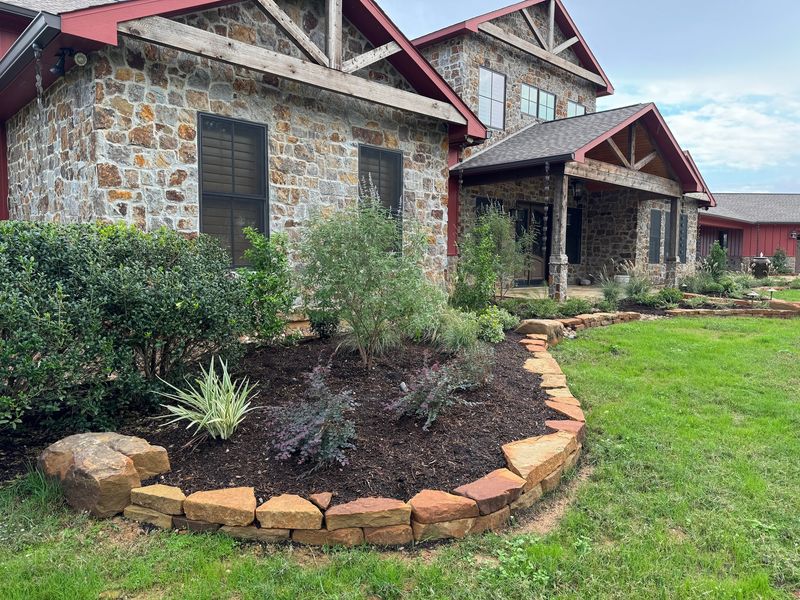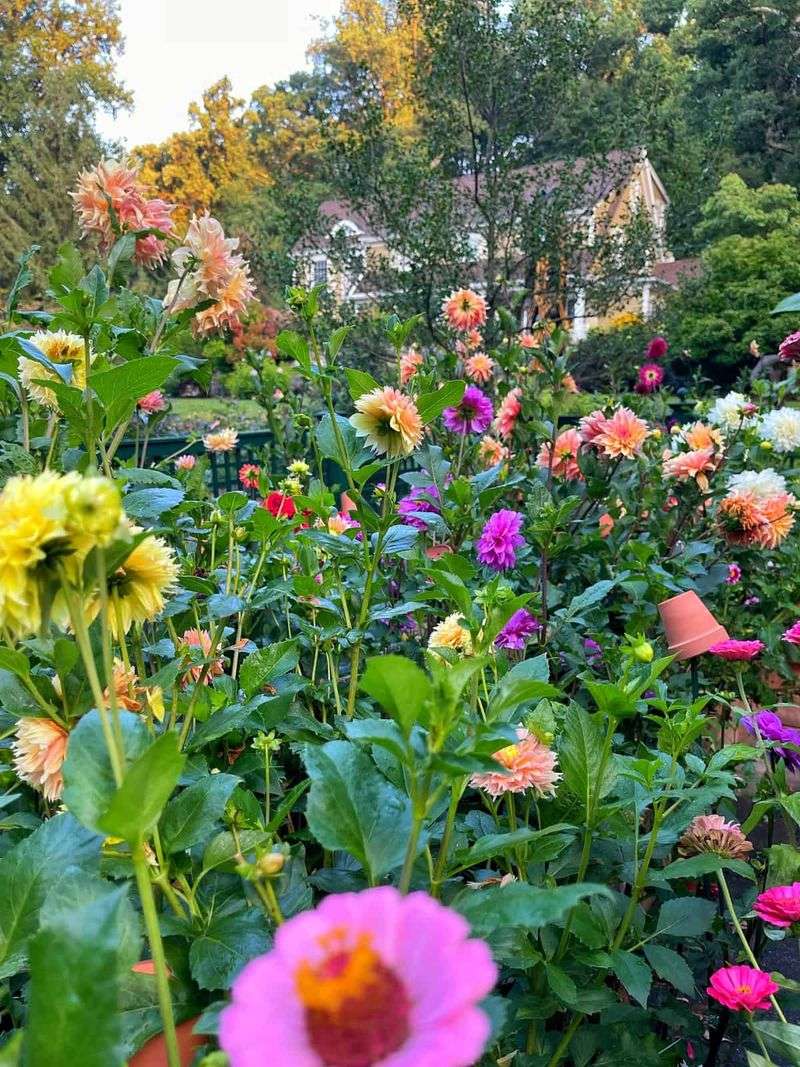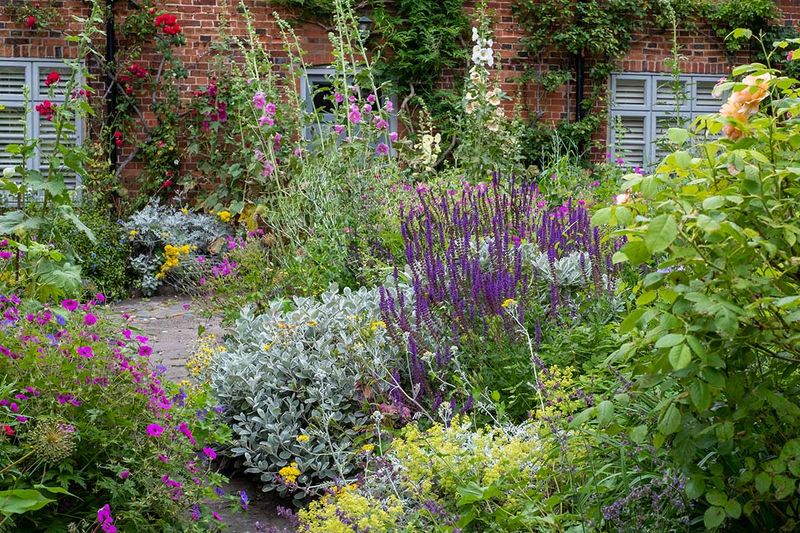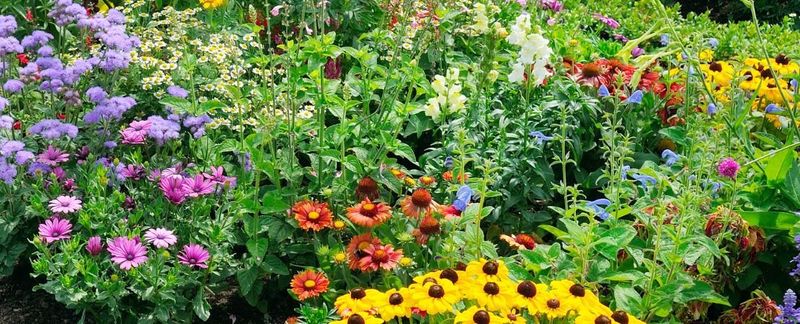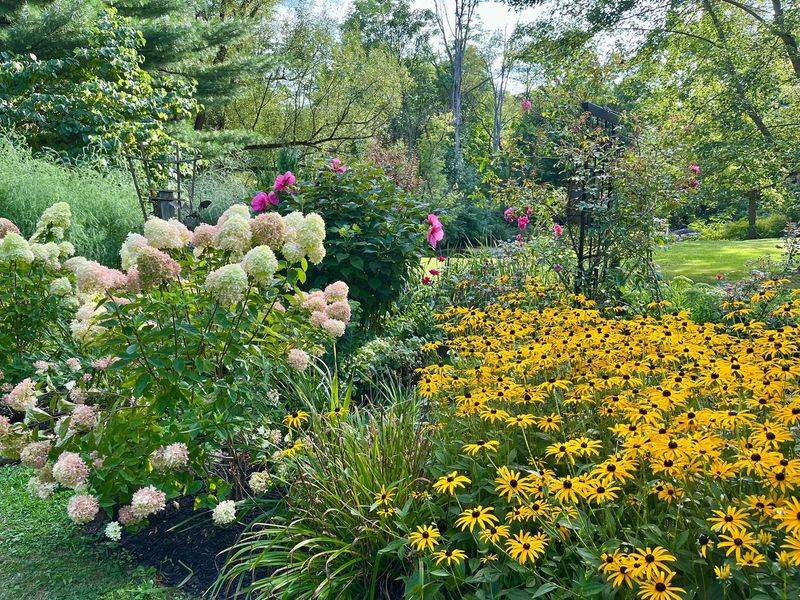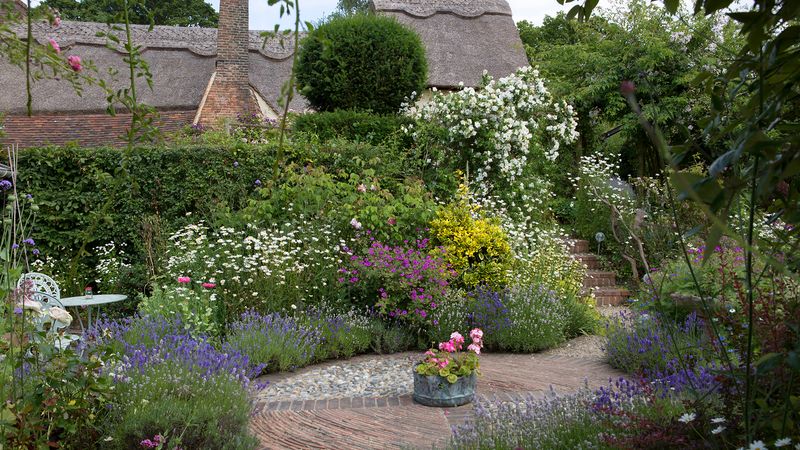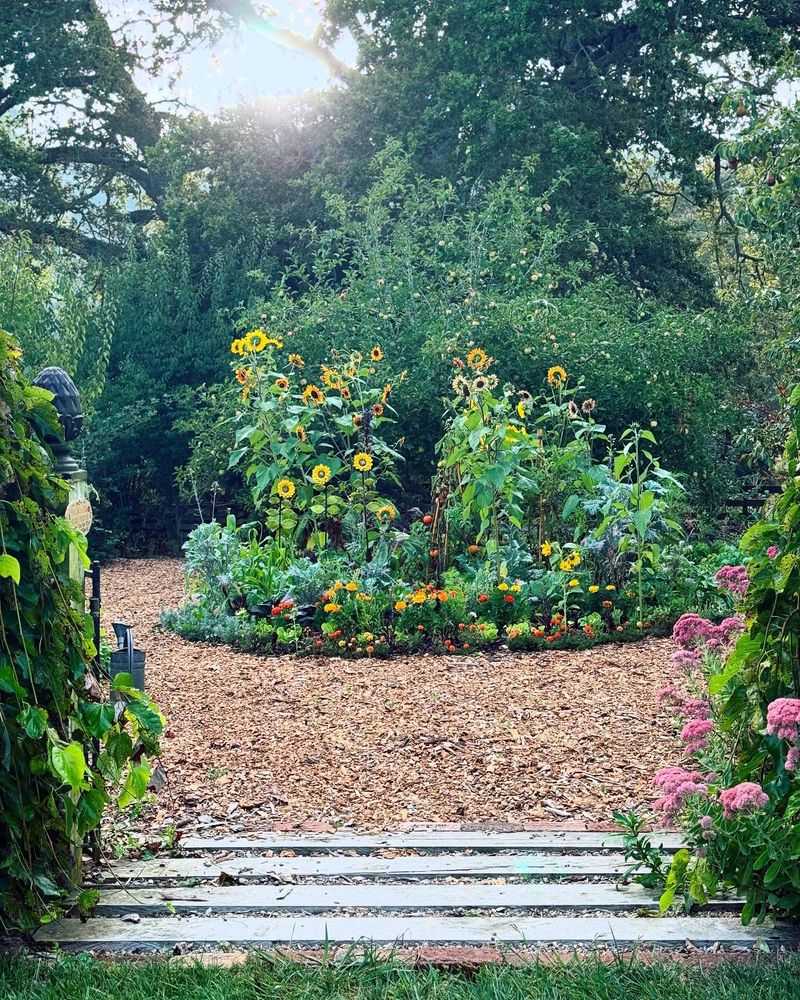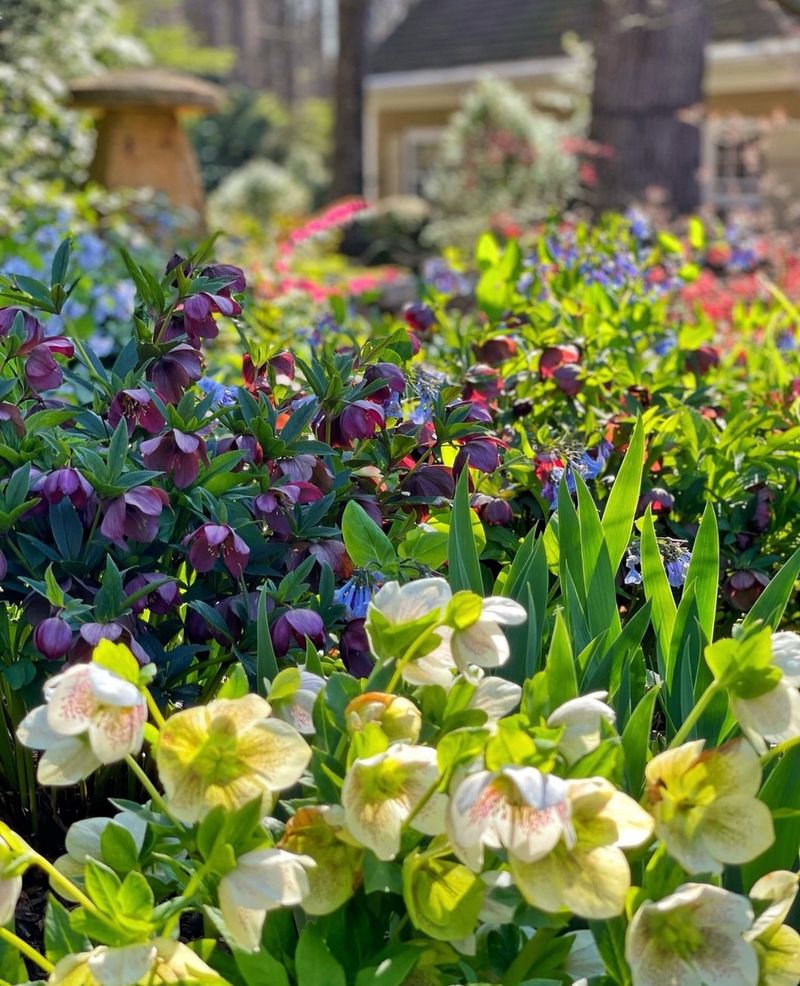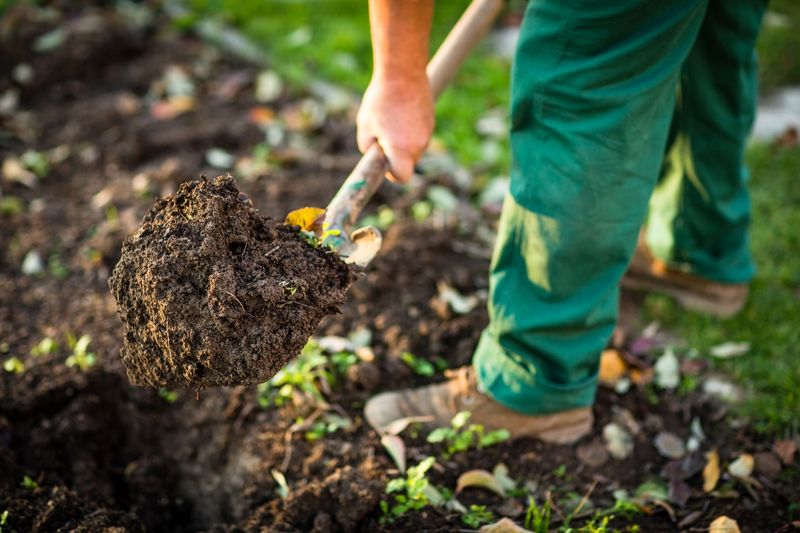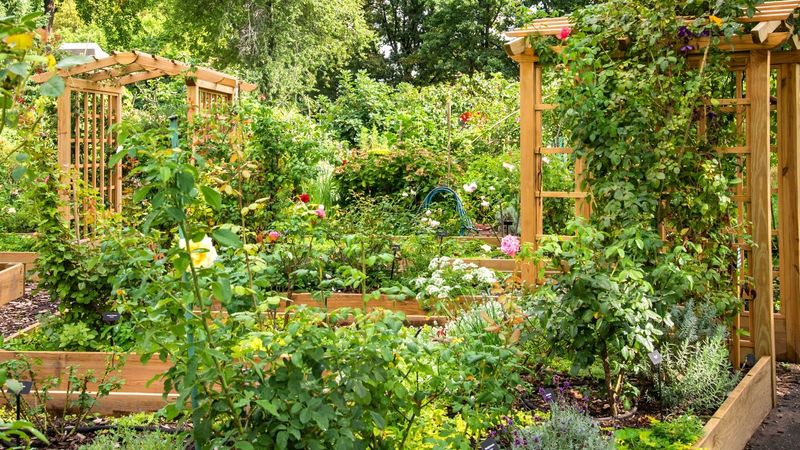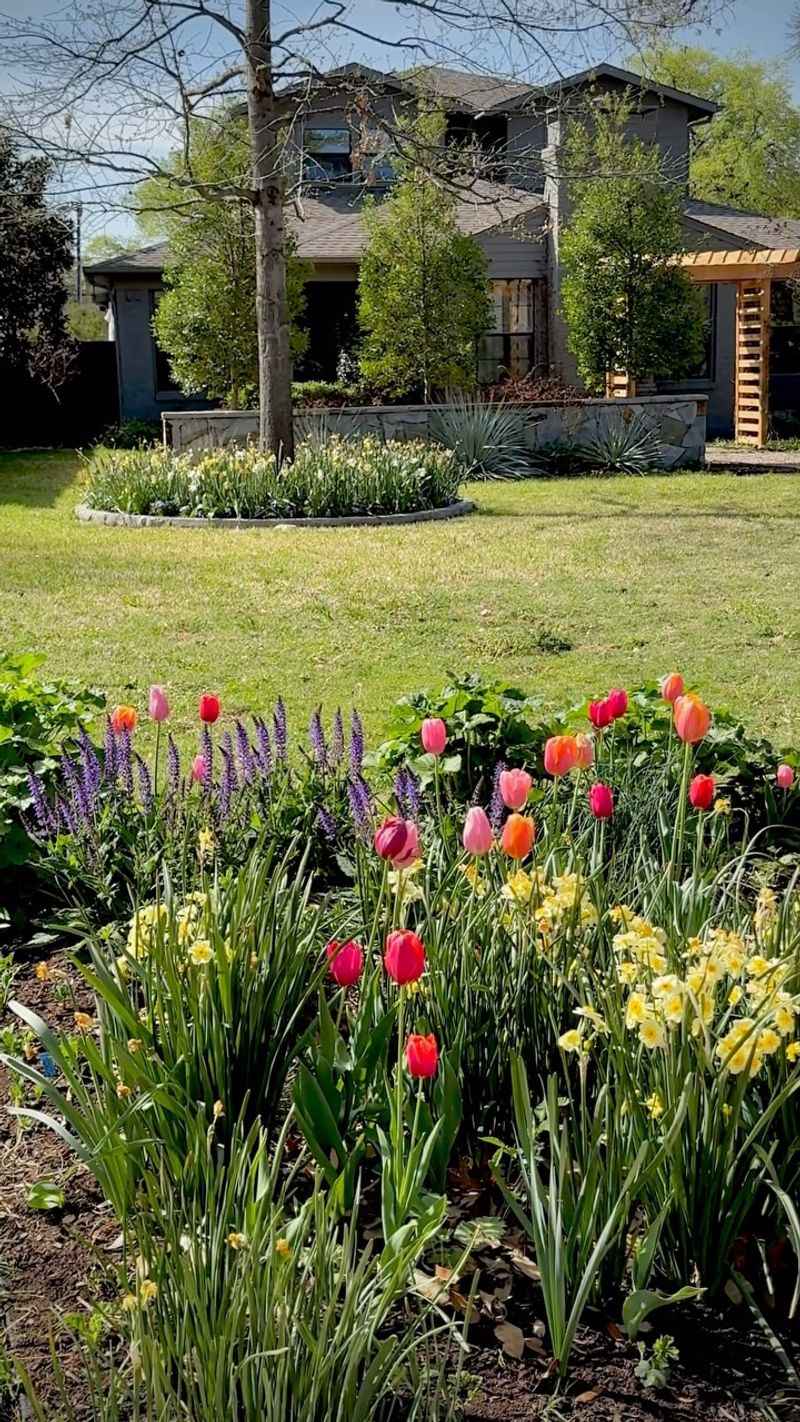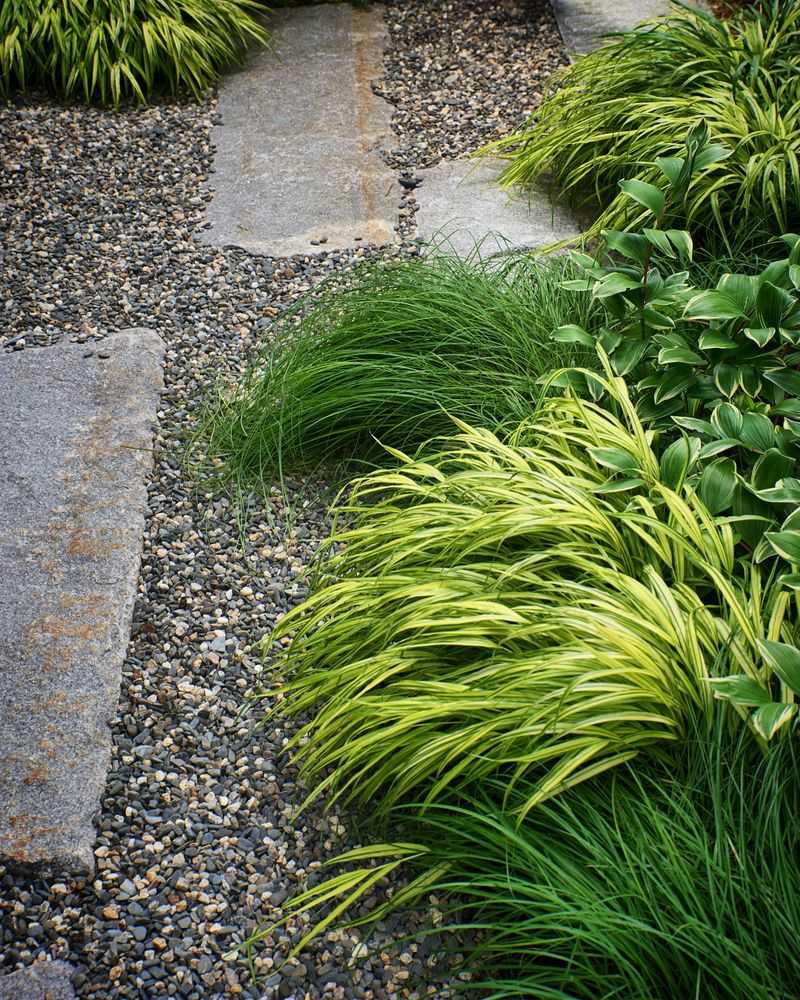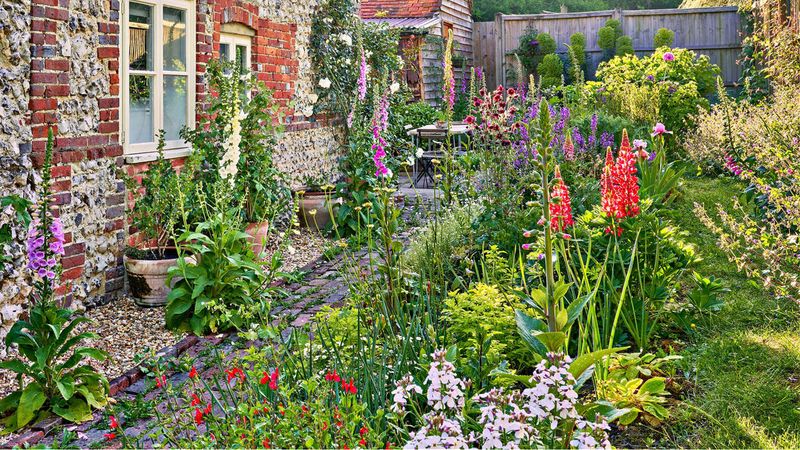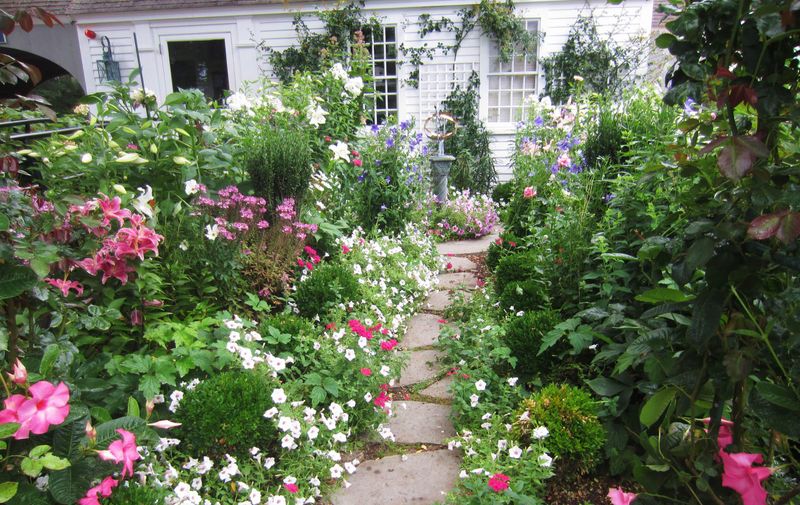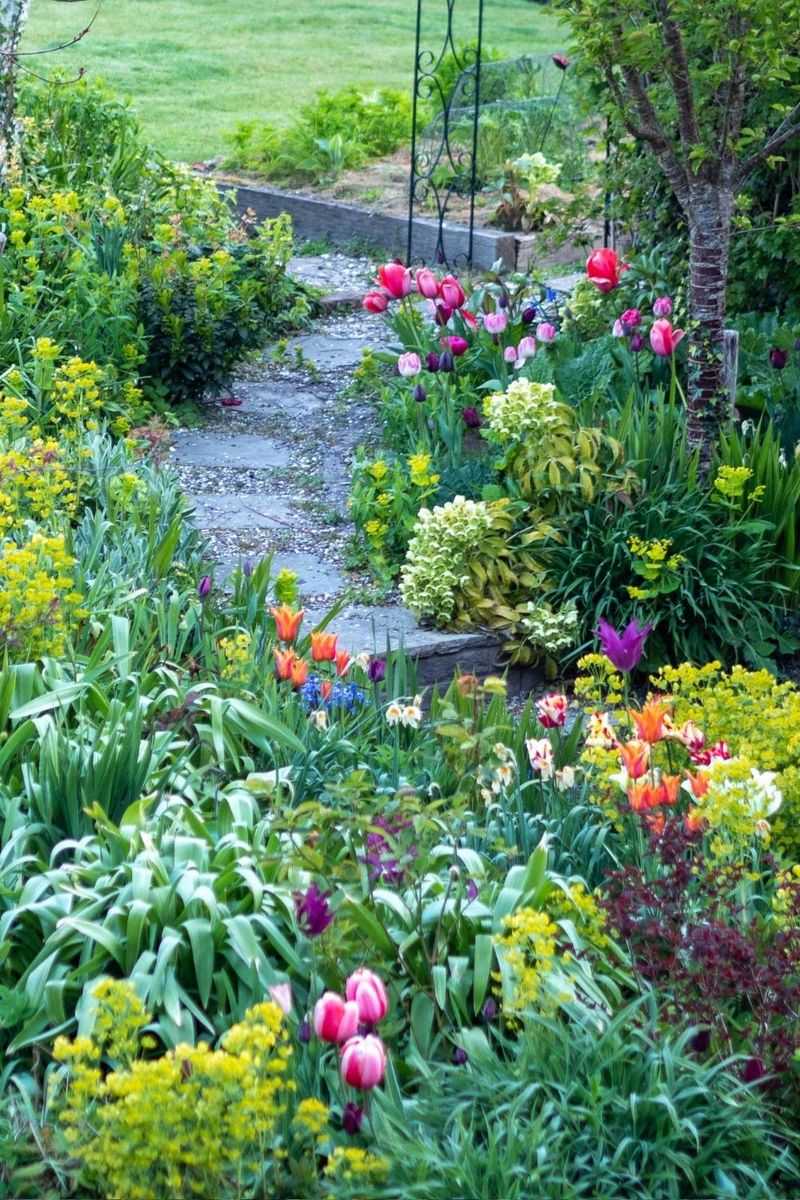Creating a charming cottage garden takes more than just planting flowers wherever you fancy. Many gardeners accidentally turn their dream garden into a chaotic mess by making common mistakes. Your cottage garden should feel whimsical and natural, not wild and unkempt. Learning how to avoid these pitfalls will help transform your outdoor space into the enchanting cottage garden you’ve always wanted.
1. Planting Without a Plan
Randomly placing plants throughout your garden creates a disorganized appearance rather than the artful chaos cottage gardens are known for. Without proper planning, you might end up with clashing colors, mismatched heights, or overcrowded beds.
Start by sketching a simple layout with color schemes and bloom times in mind. Group plants in odd numbers (3, 5, or 7) for a more natural look. Remember to consider each plant’s mature size to prevent future overcrowding.
2. Forgetting About Structure
Cottage gardens need good bones! Many gardeners focus solely on flowers and forget structural elements that provide year-round interest. Without these foundations, winter gardens look barren and summer gardens lack visual anchors.
Add permanent features like stone paths, wooden arches, or decorative gates. Include evergreen shrubs, ornamental grasses, or small trees to maintain visual interest during dormant seasons. These elements create a framework that holds your garden together when flowers aren’t blooming.
3. Neglecting Edge Control
Messy, undefined edges make even the most beautiful cottage garden look unkempt. When garden beds spill haphazardly onto lawns or pathways, the charming cottage aesthetic quickly becomes an eyesore.
Install permanent edging using materials like brick, stone, or metal to create clean lines between different areas. Regularly trim back plants that spread beyond their boundaries. A well-defined edge instantly elevates your garden’s appearance while making maintenance easier.
4. Overcrowding Plants
Squeezing too many plants into limited space might seem like a good way to achieve that lush cottage look. Unfortunately, overcrowding leads to poor air circulation, increased disease problems, and stunted growth as plants compete for resources.
Follow spacing recommendations on plant tags, accounting for mature sizes. Don’t be afraid of empty spaces in new gardens – they’ll fill in naturally. If your garden is already overcrowded, be brave and divide or remove some plants to give others room to thrive.
5. Ignoring Height Variations
Flat gardens where all plants reach similar heights create a monotonous carpet effect rather than the dynamic, layered look cottage gardens are famous for. Visual interest depends on your eye moving up and down through different levels.
Plant in layers with tall plants (like hollyhocks and delphiniums) at the back or center of beds. Add medium-height plants in the middle and low-growing varieties at the edges. Incorporate vertical elements like trellises or obelisks to add height variation and create focal points.
6. Using Too Many Plant Varieties
The excitement of cottage gardening often leads to collecting one of everything, creating a disjointed, chaotic look without visual cohesion. Gardens with too many different plants lack the repeating patterns that make spaces feel intentional and harmonious.
Limit your plant palette to 10-15 varieties for smaller gardens. Repeat these throughout your space to create rhythm and flow. Group at least three of the same plant together for impact, and stick with a consistent color scheme to tie everything together.
7. Forgetting About Seasonal Interest
Gardens planned around a single season create spectacular but short-lived displays, leaving your yard looking empty and uninspiring most of the year. True cottage gardens offer continuous interest through changing seasons.
Select plants with varied bloom times from early spring through late fall. Mix in plants valued for their foliage, berries, or seed heads. Include spring bulbs, summer perennials, fall asters, and winter-interest plants like ornamental grasses or plants with colorful bark.
8. Poor Maintenance Routines
Neglecting regular maintenance quickly transforms a charming cottage garden into an overgrown jungle. Without consistent care, aggressive plants take over, dead flowers accumulate, and weeds run rampant.
Establish a simple weekly maintenance routine including deadheading spent blooms, pulling weeds, and trimming back overgrown plants. Spend just 15 minutes daily on quick garden tasks rather than overwhelming weekend cleanups. Regular pruning and dividing keep plants healthy and prevent them from outgrowing their spaces.
9. Skimping on Mulch
Bare soil between plants creates a stark, unfinished appearance and invites weed growth. Exposed dirt also dries out quickly, stressing plants and requiring more frequent watering during hot weather.
Apply a 2-3 inch layer of organic mulch like shredded leaves, compost, or fine bark around plants. Leave a small gap around stems to prevent rot. Mulch suppresses weeds, retains moisture, moderates soil temperature, and adds a finished look to garden beds.
10. Wrong Plant, Wrong Place
Placing sun-loving plants in shade or moisture-loving plants in dry areas leads to poor performance and constant maintenance headaches. Plants struggling in inappropriate conditions never reach their potential and often become disease-prone.
Before purchasing plants, honestly assess your garden’s light conditions throughout the day. Group plants with similar water and soil needs together. Move struggling plants to more suitable locations, and replace chronically unhappy specimens with varieties better adapted to your conditions.
11. Ignoring Soil Health
Poor soil leads to poor plant performance, no matter how carefully you select and arrange your plants. Many gardeners focus on what’s visible above ground while neglecting the foundation beneath.
Test your soil before planting and amend according to results. Add organic matter like compost to improve soil structure and fertility. Top-dress established beds with compost annually. Healthy soil supports vigorous plants that resist pests and diseases naturally.
12. Neglecting Vertical Space
Limiting plantings to ground level wastes valuable growing space and creates a flat, uninteresting garden. Vertical elements add drama, increase growing capacity, and draw the eye upward.
Install trellises, arches, or obelisks for climbing plants like roses, clematis, or morning glories. Use tall perennials as natural vertical accents. Consider wall-mounted planters or hanging baskets to add height to small spaces. Vertical elements create the illusion of more space and add architectural interest.
13. Inappropriate Lawn Areas
Large, unused lawn spaces in cottage gardens waste water and maintenance time while contributing little to the garden’s charm. Small, oddly shaped grass patches are difficult to mow and often look out of place.
Replace unnecessary lawn areas with low-maintenance groundcovers or additional planting beds. Keep remaining lawn areas simple and functional – perfect rectangles or circles are easier to maintain. Consider alternative surfaces like gravel or stepping stones for low-traffic areas.
14. Overlooking Hardscaping Needs
Gardens without proper paths quickly become difficult to navigate and maintain. Stepping directly on soil compacts it and damages plant roots, while undefined walkways create a haphazard appearance.
Install practical paths using materials that complement your garden style – think gravel, stepping stones, or brick. Make paths at least 30 inches wide for comfortable passage. Create destination points like benches or bird baths to encourage garden exploration.
15. Plant Choices Without Personality
Gardens filled with only common nursery plants lack the personal charm and uniqueness that defines true cottage gardens. Cookie-cutter plant selections create spaces that look like everyone else’s garden.
Incorporate plants with personal meaning – perhaps herbs your grandmother grew or flowers from your childhood. Mix in unusual varieties alongside reliable performers. Add quirky elements that showcase your personality, like repurposed containers or meaningful garden art.
16. Rigid, Formal Layouts
Perfectly straight lines and geometric patterns contradict the relaxed, romantic feel of traditional cottage gardens. Overly formal designs create a stiff, unnatural appearance that lacks the welcoming charm cottage gardens are known for.
Embrace gentle curves for bed edges instead of straight lines. Allow plants to spill slightly over path edges for a softer look. Avoid perfect symmetry in favor of balanced but informal arrangements. The goal is controlled chaos – intentional but not rigid.
17. Underestimating Maintenance Needs
Many new gardeners create elaborate cottage gardens without considering the time required for upkeep. Without realistic maintenance plans, gardens quickly become overwhelming and fall into disrepair.
Start small and expand gradually as you learn what maintenance you can realistically handle. Choose some low-maintenance plants alongside higher-maintenance showstoppers. Consider hiring occasional help for major tasks if your time is limited.


